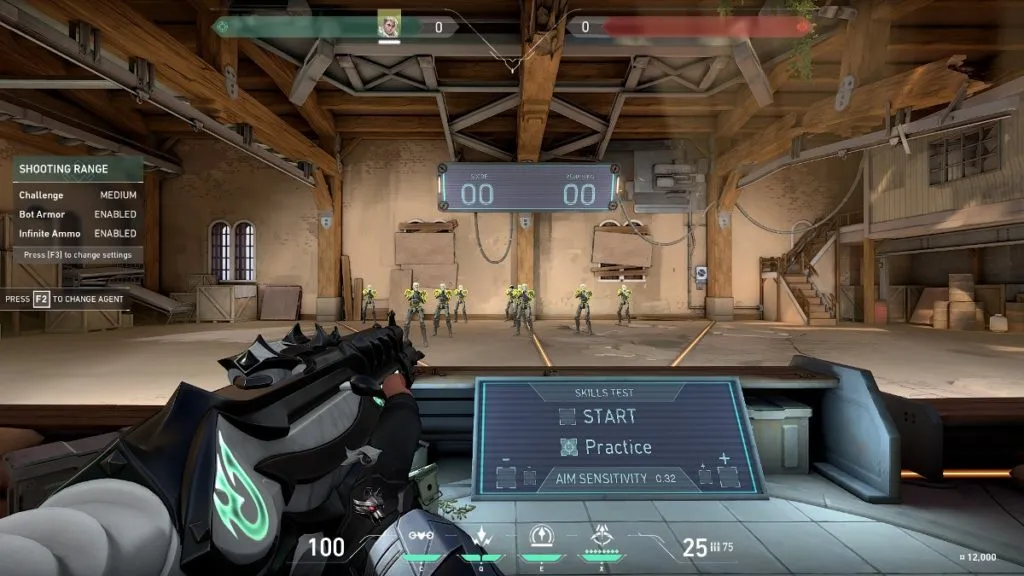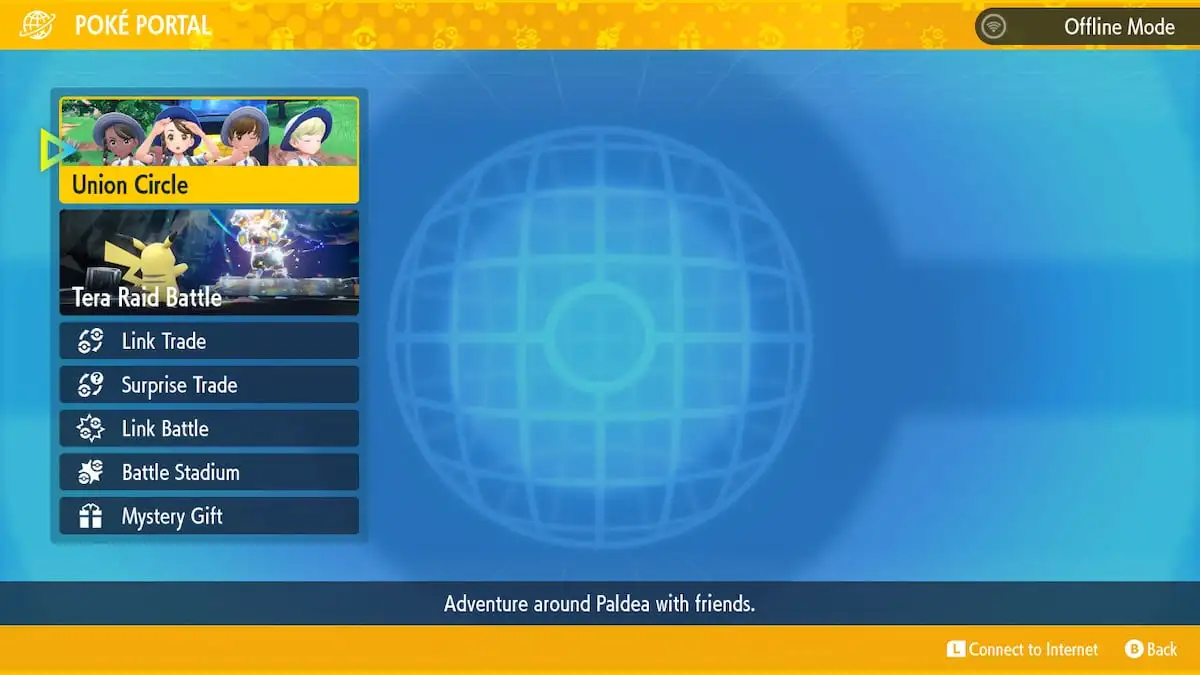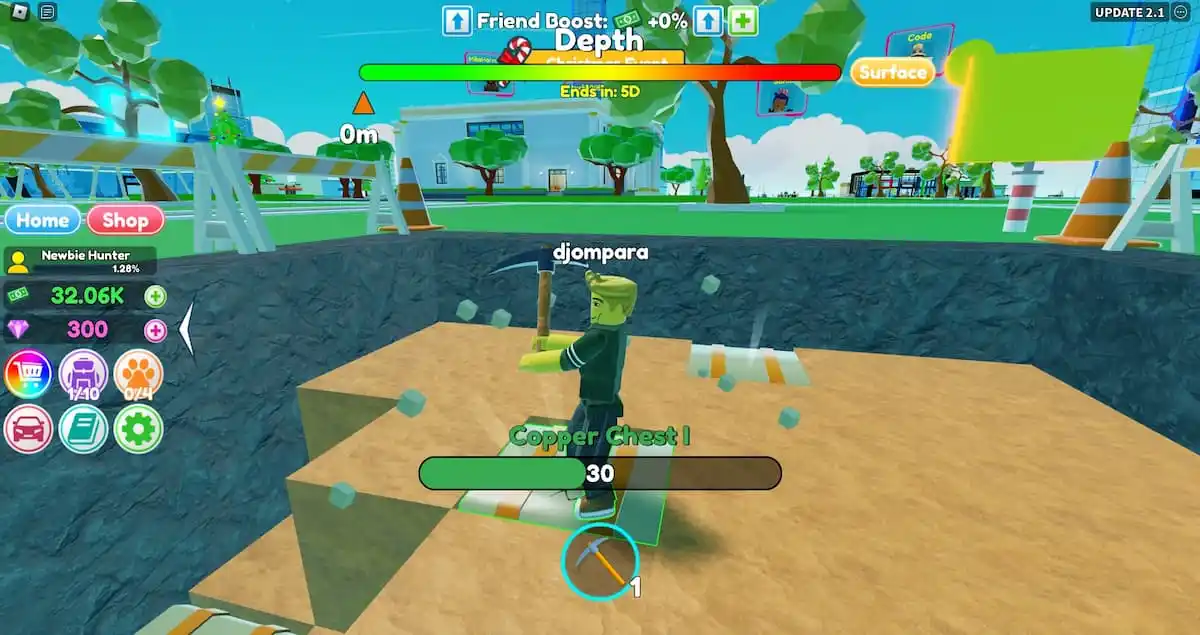Finding your sensitivity in VALORANT is important. Like, really important. If you’re not comfortable with your sensitivity, it’s going to damage your movement, aim, and more importantly – your rank. One of the most important factors in ranking up in VALORANT is consistency – and consistency in your aim all comes from sensitivity.
I’m going to run you through a couple of exercises to help you find your perfect sensitivity in VALORANT. I’ll go through some playstyle fundamentals that will dictate your sensitivity, and some activities you can do to really hone in on what’s right for you. Once you get comfortable with a sensitivity, I promise you that you’ll see a massive improvement in your game.
Finding Your Aiming Style

The first thing you need to do before you find your perfect sensitivity in VALORANT is to identify your aiming style. What do I mean by that, though?
You may not have noticed, but a lot of VALORANT players tend to either aim with their arm or wrist. Some players move their arm around their mouse mat to control their agent in-game, while others leave their arm resting on their desk, only moving the mouse with their wrist.
Other players use a hybrid of both. Regardless, which camp you fall into will dictate the general range you’ll be looking for in your sensitivity.
Players that use their arm to aim can get away with having lower sensitivities. They have much more range of movement than wrist players, so they don’t need to have high sensitivity to compensate.
On the flip side, wrist players need to have a higher average sensitivity to make up for the fact that they can’t move their mouse around all that much. Again, hybrid players have the benefit of being able to find a comfortable middle ground.
It’s fairly easy to identify which way you aim – if you don’t already know. Just go play a game and pay attention to your instincts when you’re moving or aiming. That’ll tell you whether you favor your wrist, arm, or both.
It’s important to note that you can change your aiming style through conscious effort and training. I prefer a low sensitivity, but I used to be a wrist aimer so which made reacting to things at extreme angles difficult, so I started training with my arm until I could switch between both.
Either way, make a note of how you aim before you start working on the technical side of your aim.
How to Find Your Perfect Sensitivity in VALORANT

Once you’ve identified what aim style you have, it’s time to move on to testing sensitivities. The best place to do this is the Range, so hop in there.
To find a rough starting point, we’re going to do what’s called the 180 test. This lets you find a solid base sensitivity regardless of how big your mouse pad is, or what aim style you have.
Aim at a random wall in the Range – it doesn’t matter which one. Aim at it, then using your aim style, move your mouse as far right or left as you can. If you play with your arm, this will be a fair distance – especially with a large mouse pad. If you play wrist or have a small mouse pad, the opposite applies.
Note how far you rotated from your starting position after doing this. The idea is that you want this action to turn you roughly 180 degrees in-game. So, adjust your sensitivity until you hit this angle.
You don’t have to turn exactly 180 degrees. For example, I can rotate about 140 degrees in one movement, but that’s going to give you a good sensitivity jumping-off point.
Flicking, Microadjusting, and Tracking

Once you have that base point, the next thing on the list is adjusting your sensitivity based on three in-game actions: flicking, microadjusting, and tracking. All three of these actions are related to your aim in-game. So, you need to be at a sensitivity that lets you be comfortable with each.
First, flicking. Load up a round of the Range on medium or hard difficulty. Aim in the middle of the Range, then flick from the middle to the head of the bots that appear. Reset to the middle after each one.
During this process, you should notice whether you’re consistently over or under-compensating, and adjust your sensitivity accordingly.
Microadjusting is much more difficult to base your sensitivity on. This is when you’re in a gunfight, and you need to slightly adjust your aim to correct either for you having the wrong crosshair placement, missing your flick, or to compensate for your or the enemy’s movement.
Your sensitivity needs to be at a point that it’s not too high to let you accurately microadjust by a few pixels. If you can’t get that level of precision out of your current sensitivity, then you need to turn it down.
Lastly, we have tracking. Tracking is a difficult aiming skill to develop and a big part of what separates high elo players from low elo ones.
Tracking refers to your ability to keep your crosshair on an enemy’s head while either you, them, or both of you are moving.
To get a feel for this, load up practice on the Range, and make sure the bots aren’t set to move. Pick a bot, place your crosshair on its head, then practice slowly moving left and right around the bot in a circle while keeping your crosshair on its head. Once you’re comfortable walking, increase your speed and try the same thing. You can also set the bots to move and try to track them that way.
100% precise tracking is an almost impossible skill to develop, so don’t expect that. Instead, adjust your sensitivity until you can roughly keep your crosshair on their head. You should still be able to microadjust if needs be.
Put it All Together in an Aim Trainer

After you do all that, you should have come to a comfortable sensitivity. You want to be accurate to the second decimal place – so really hone in on what feels right for you.
Once you’re done setting your sensitivity in VALORANT, head into your aim trainer of choice and copy your sensitivity over – then start doing some aim training routines. Not only should this be a regular part of your aim training, but this will help you iron out any potential minor issues with your sensitivity.
Once you’re comfortable with how your sensitivity feels in the various training activities – you’re done! Now, all you have to do is never touch your sensitivity again. Play on that sensitivity for a couple of months, and you’ll find yourself hitting shots you never thought possible.
Related: What is Raw Accel VALORANT?











Published: Nov 23, 2022 09:58 am